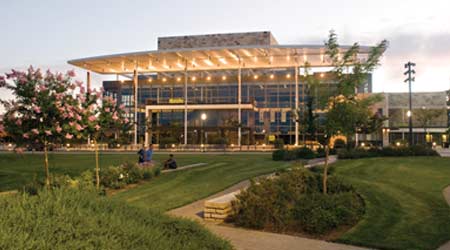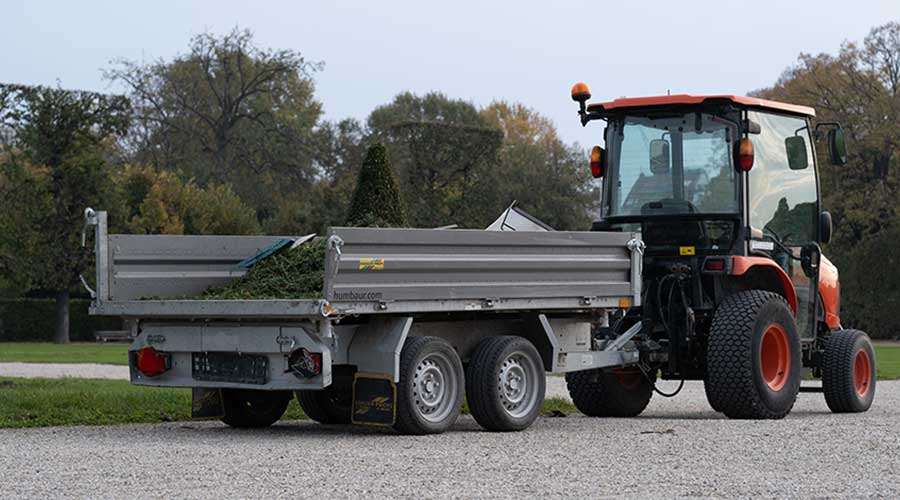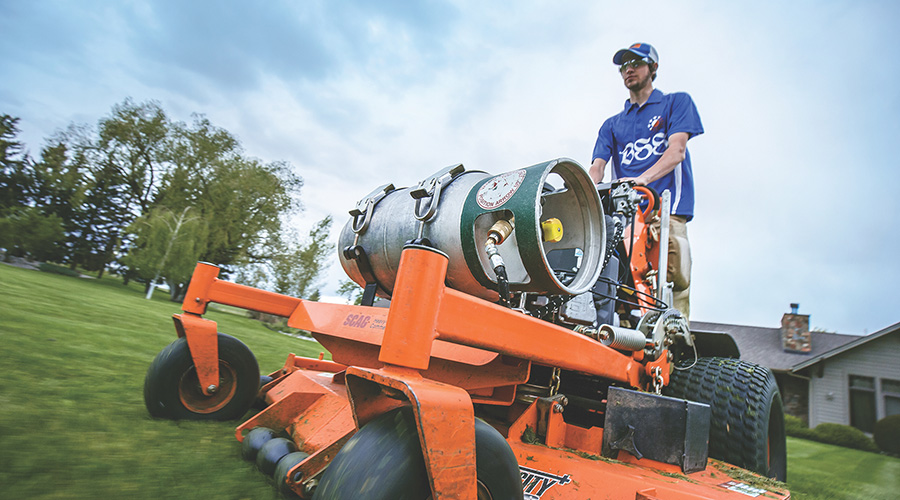Tree-Planting Program Generates Significant Energy Savings at UC-Davis
The University of California-Davis' aggressive tree-planting program also has generated significant energy savings. A recent study determined the campus saves $65,000 annually in energy costs and $58,000 related to erosion and pollution control, Avery says. The additional shade created by the large number of trees has resulted $430,000 a year in energy savings.
But such savings do not show up on the bottom line overnight, Avery says.
"We've lowered maintenance costs, but when you do landscape conversions to more sustainable landscapes, the return on investment is usually two to five years," he says. "You don't get an immediate return because the workload increases the first one to two years. There's more manual labor. You've gone from a more mechanized maintenance program to more manual labor."
The university also has realized savings of 20-25 percent on its water bills because of reduced irrigation in the last decade. Much of the credit for these savings goes to an aggressive maintenance plan, experimentation with new technology and a centralized irrigation system.
"We're starting to use a lot more subterranean irrigation technology," Avery says. "These are things we think are the future. We're strong advocates of utilizing new technology when it works for us."
Avery's staff monitors the campus irrigation system for leaks daily and conducts a yearly preventive maintenance inspection on the entire system during the winter months.
"We try to get through the entire system," Avery says. "Every valve and controller is turned on. All the valves are checked, (and) all the heads are checked and documented as to what's running and what's having problems and if there are any cracks or breaks."
Not surprisingly, the department's sustainability efforts have affected its purchasing decisions. While factors such as emissions and noise are important when purchasing grounds care equipment, durability also plays a central role in making sustainable purchasing decisions.
"We look at air quality in our purchases, but what far outweighs anything for us is durability," Avery says. "It might be the greatest thing out there environmentally, but dependability is No. 1 because we have to do the work day in and day out.
"I can't over-emphasize dependability as something that's important because of budgets. We've all had budget reductions, and we're looking for equipment overall that will last and we don't have to replace right away. It's remarkable to tell a story because something is great environmentally. But if it breaks down three months after you bought it, it doesn't do anybody any good."
Related Topics:















